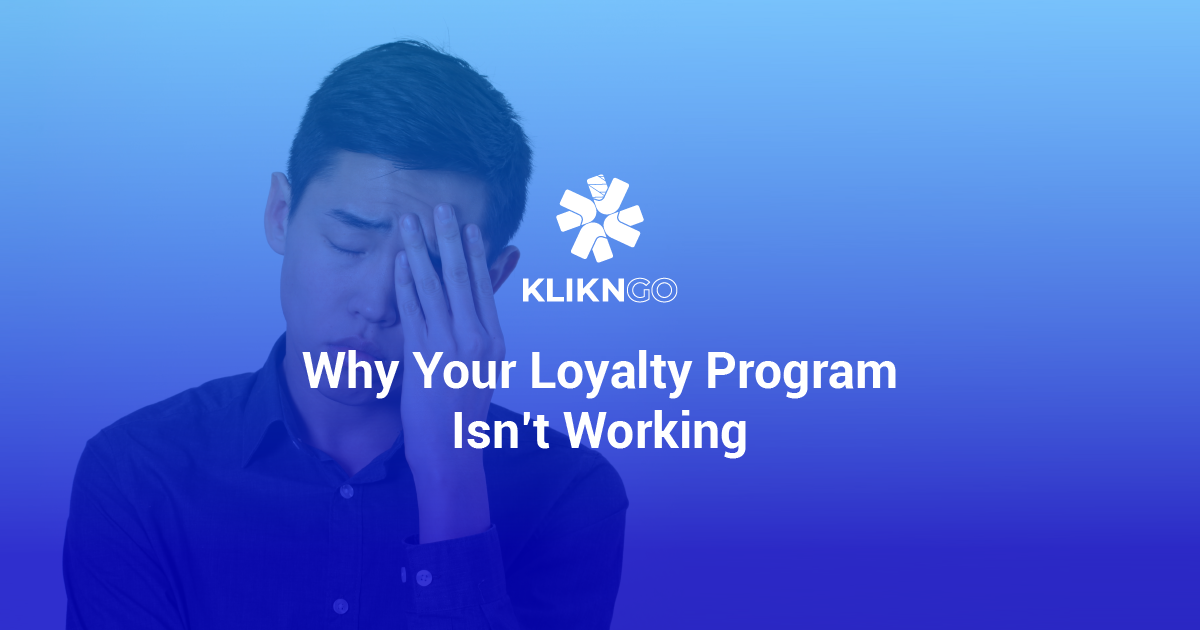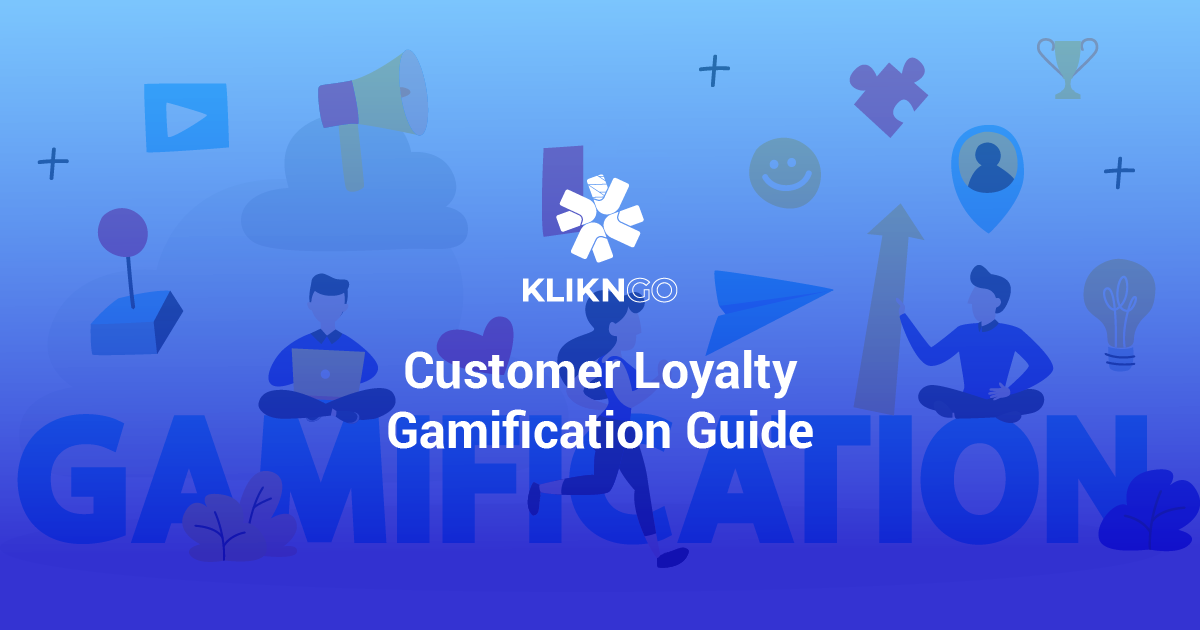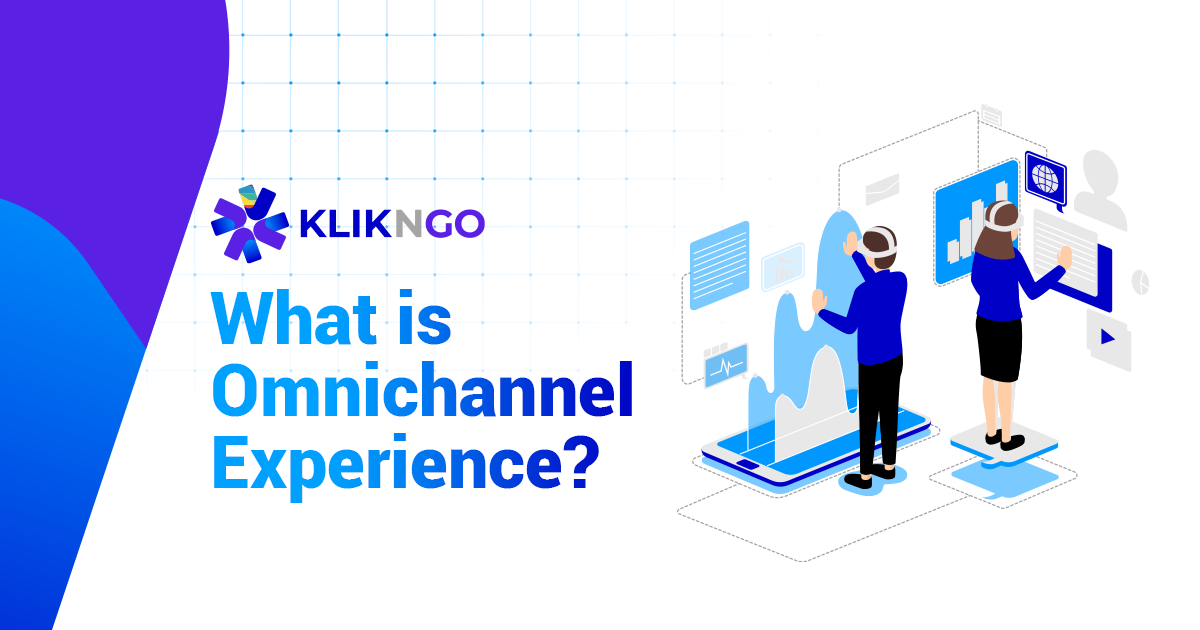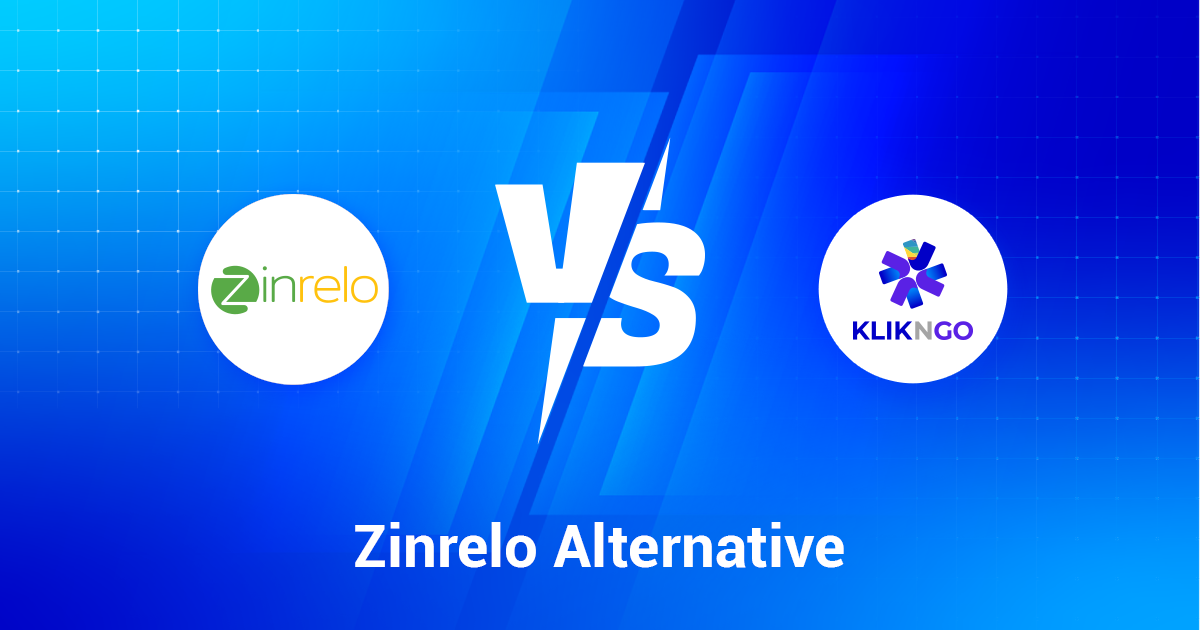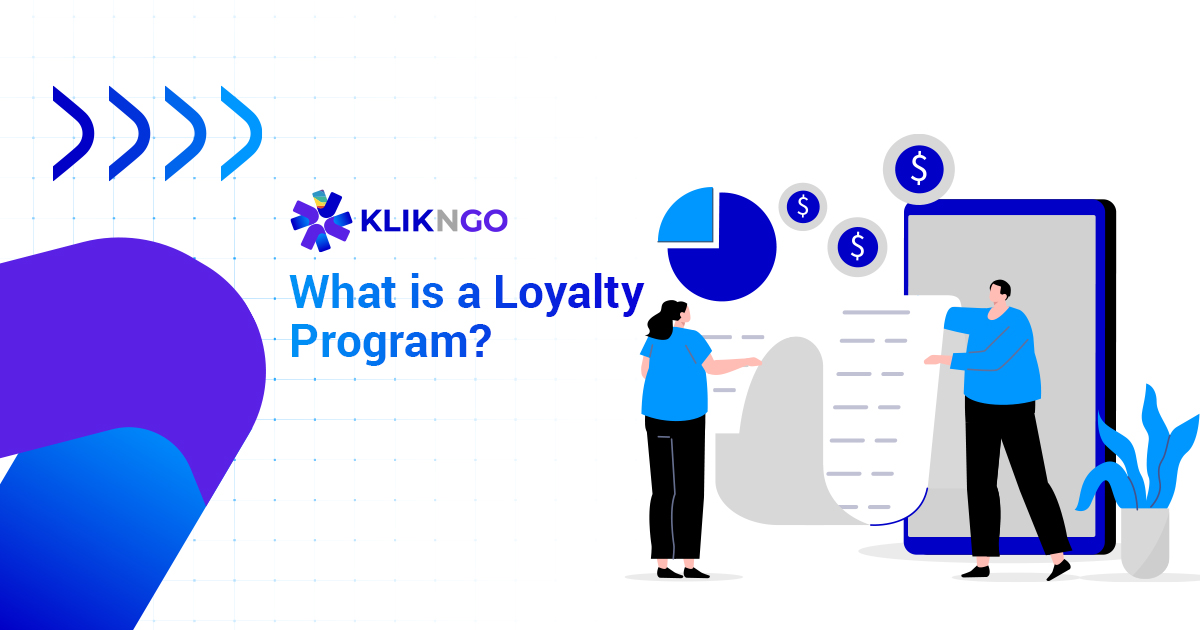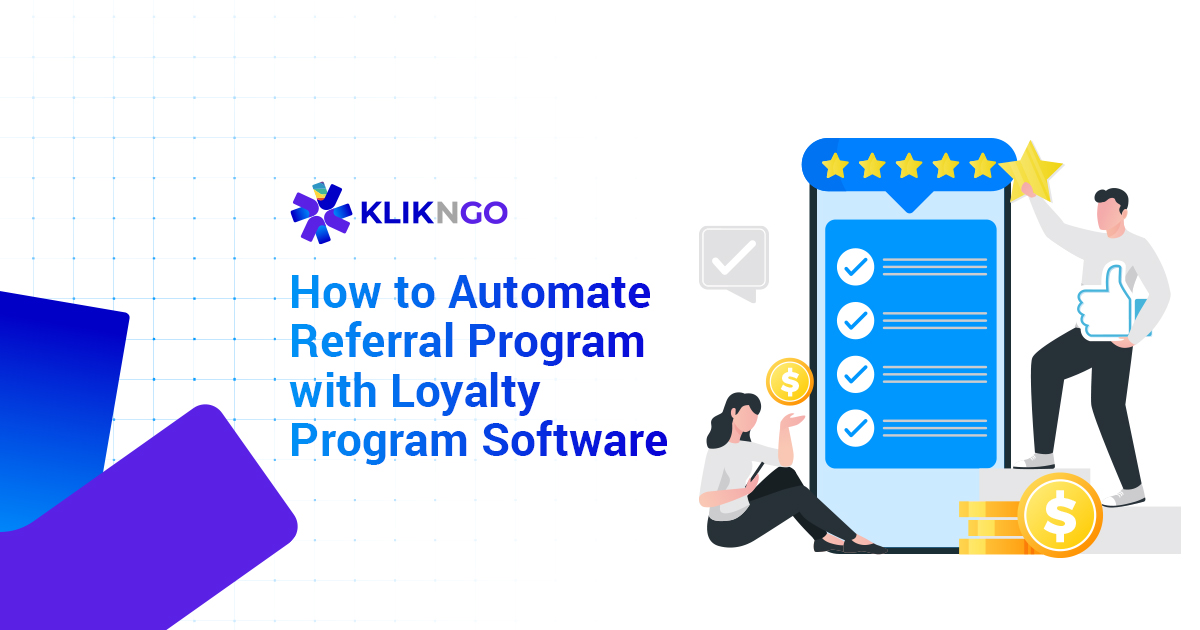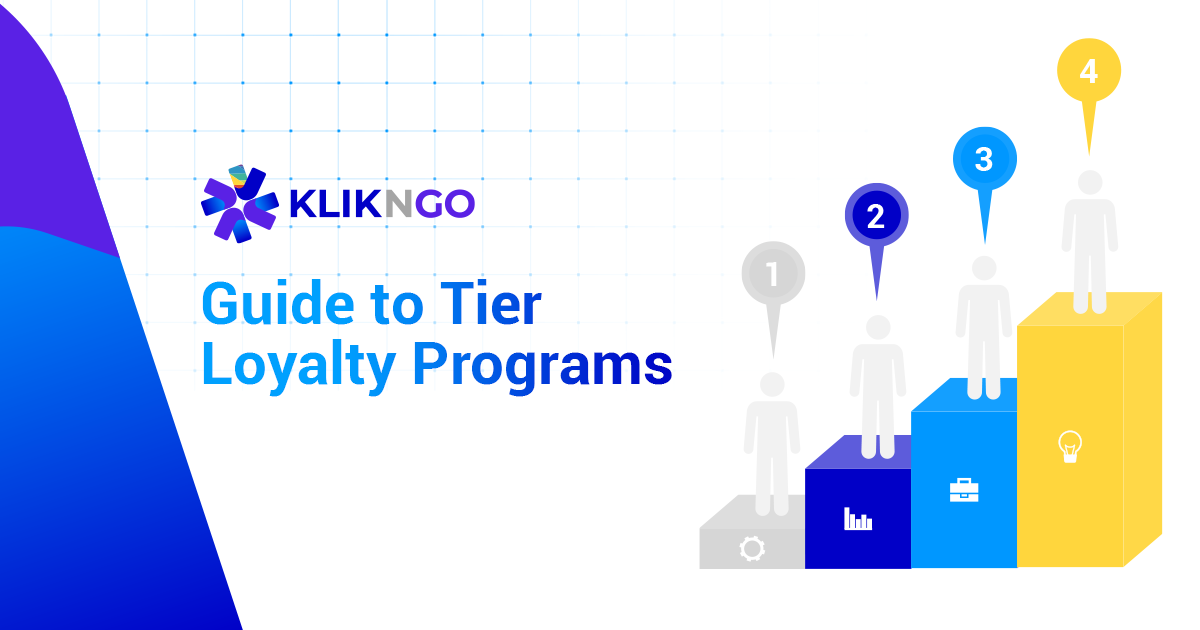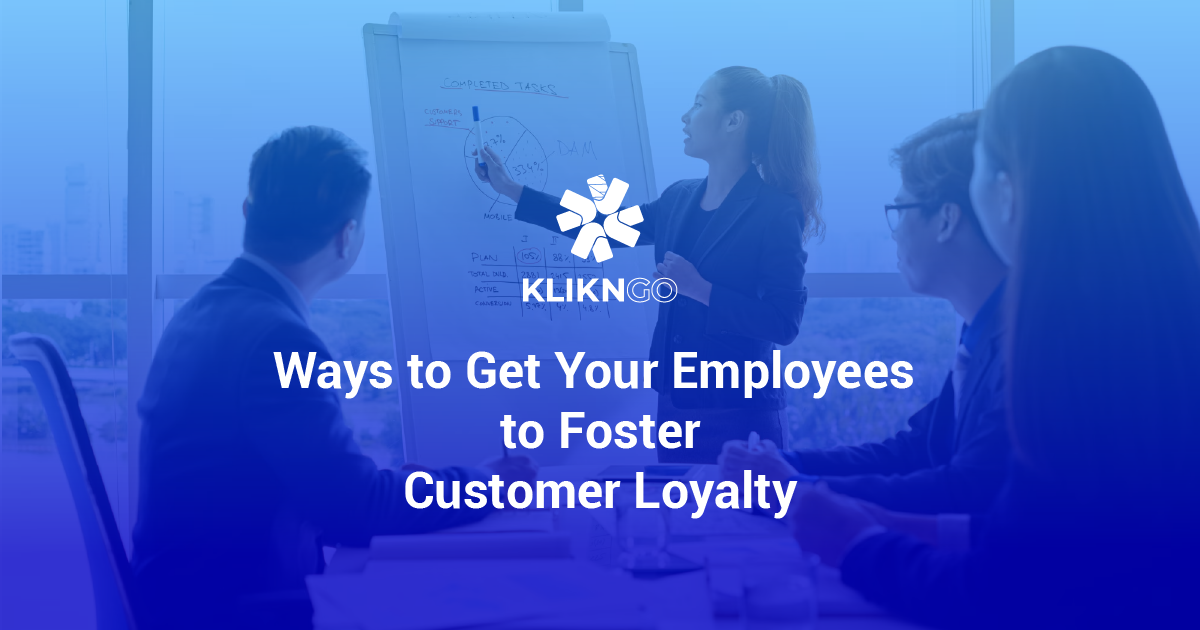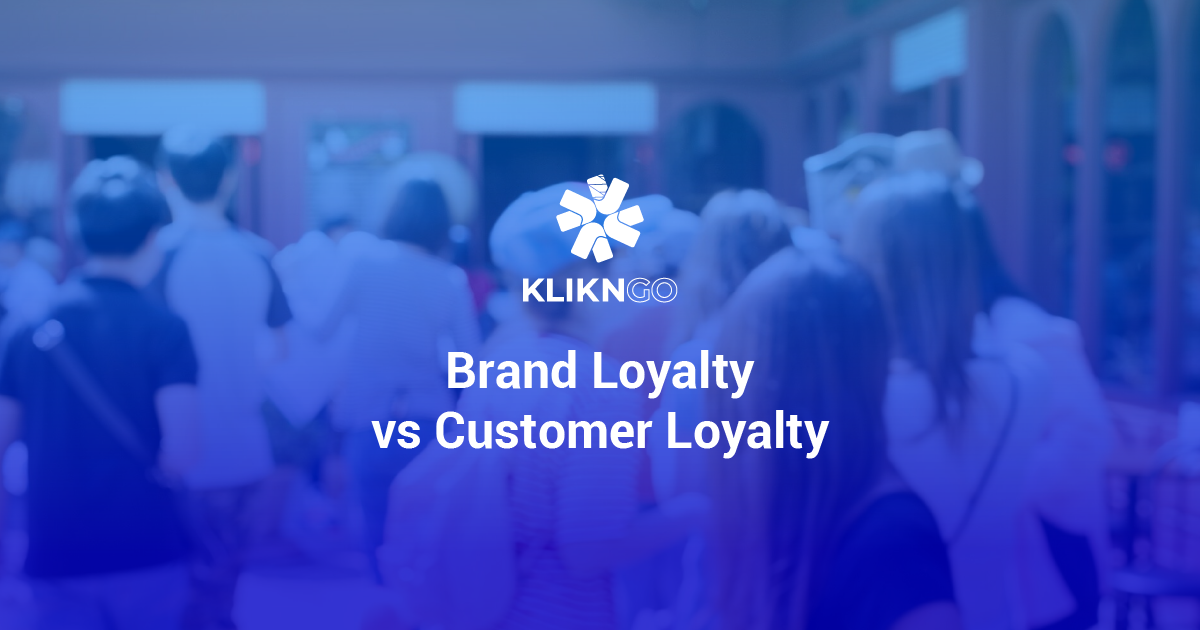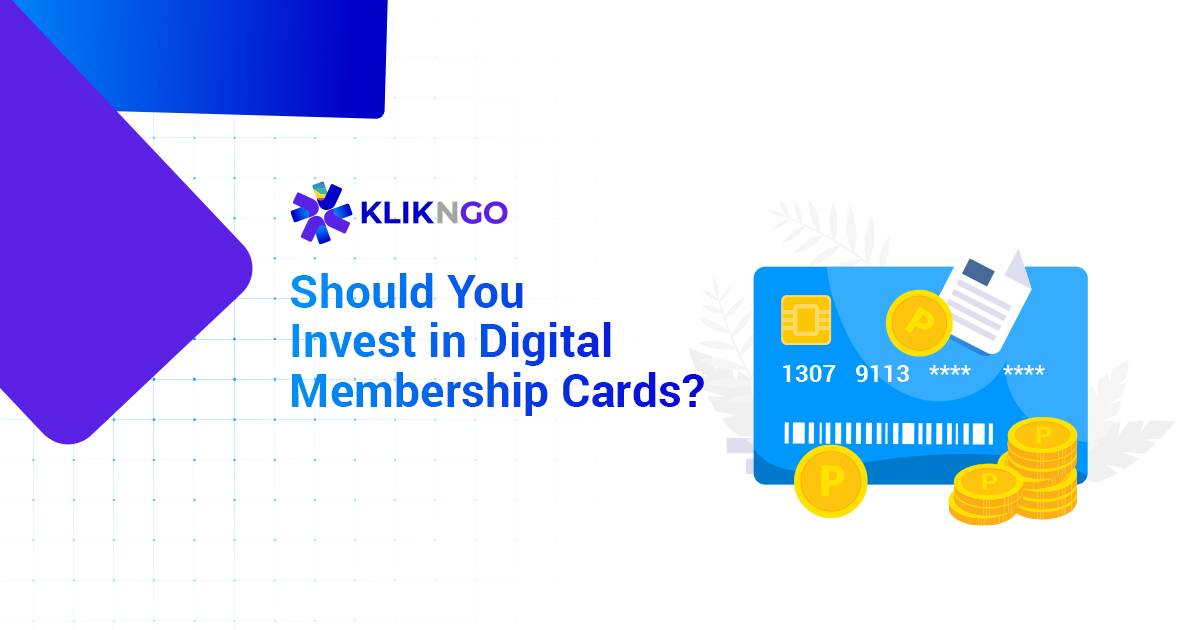Do Customer Loyalty Programs Work?
When managed and planned out properly, customer loyalty programs work amazingly to increase customer and brand loyalty, while having a better return on investment (ROI) compared to other marketing efforts.
Studies and research have clearly shown that customer engagement and brand loyalty help increase revenue across various industries in both the B2B and B2C sectors.
Despite that, many loyalty programs fail, whether it be low sign-up rates, or maybe just a lack of engagement. Consumers, now more than ever, are looking for fun and interactive ways and rewards that they’re expecting.
Reasons Why a Customer Loyalty Program Might Fail
Issues With Product Offerings
Loyalty programs often face failure, and surprisingly, it may not be the fault of the program itself but rather the products or services it offers.
This could be due to the product being too expensive or the quality not meeting expectations.
For any loyalty program to succeed, the underlying product must align with customer expectations and excel in quality.
A subpar product negatively impacts your overall brand and image, posing a threat to customer retention and loyalty.
To address this issue, the recommended approach is to gather feedback from customers and enhance your product offerings.
By consistently meeting customer expectations, your loyalty program is likely to thrive over time, naturally.
Not Enough Marketing Resources for Your Loyalty Program
Another likely reason why some loyalty programs ultimately fail is because not enough resources and emphasis are being placed on membership marketing and loyalty recruitment.
Many brands and companies spend too much in gathering new customers through paid advertising but fail to retain them, leading to many ‘one-and-done’ customers.
To mitigate this, instead of spending most of your budget on ads, you can invest more in retaining loyal customers through a robust loyalty program that rewards customer engagement.
If you’re mainly an e-commerce-based business, why not allocate some of that budget on instant rebates, to encourage more sign-ups for your loyalty program?
Companies in the service-based industry could benefit from a referral program to encourage word-of-mouth marketing and loyalty program sign-ups.
Another great way to get more sign-ups for your loyalty program is to allocate more resources for vouchers, especially for FMCG (Fast Moving Consumer Goods) industries.
This encourages frequent engagement with their loyalty apps, as these people buy FMCG products like groceries and food very often.
Insufficient Staff Training to Push for Signups
Effective staff training plays a pivotal role in the success of any loyalty program, particularly in industries such as retail, restaurants, and services.
Staff members often serve as the lifeline and a significant determinant of whether customers engage with your loyalty program.
In the retail sector, it’s essential to train salespersons to mention the loyalty program during the checkout process.
Similarly, in the restaurant industry, wait staff can encourage customers to sign up for the loyalty program, offering them an immediate discount on their bills.
Based on our experience, larger companies may encounter challenges due to departmental friction.
While the marketing department advocates for loyalty program-centric staff training, the operations department may face difficulties incorporating these training sessions into its routines.
Consequently, this misalignment can lead to delays or even neglect in training, ultimately failing loyalty programs.
Problems with Top Management
Another prevalent issue affecting affiliate programs often stems from challenges within top management.
This primarily arises when key decision-makers belong to an older generation, and their ideology may differ significantly from that of younger individuals.
From our extensive experience working with numerous clients, it’s observed that certain members of a company’s top management resist change.
They prioritize immediate profit and return on investment (ROI) over adopting a long-term approach focused on customer loyalty and branding.
Consequently, many companies allocate substantial budgets to advertising instead of investing in customer retention, as discussed earlier in this article.
Frequently, innovative ideas from younger employees are disregarded by their superiors, leading to missed opportunities and wasted resources.
This dynamic sometimes gives rise to internal company politics, causing a promising customer loyalty program to fade away due to the challenges of retaining qualified employees to manage it.
Your Loyalty Program is Too Complicated for Your Customers
Another potential cause for a loyalty program’s failure could be an excessively complicated signup process. In today’s digital era, demanding users to provide excessive information can be a major deterrent.
Many companies, especially those in Hong Kong and Singapore, opt for simplified sign-up processes, typically requiring only a phone number, email, and name.
This approach streamlines the onboarding process, and additional customer profile details are gradually built through CRM engagement data.
Japan takes this simplification a step further by incorporating Artificial Intelligence (AI) and facial recognition software.
This advanced technology allows companies to automatically recognize and enroll customers into their loyalty programs, offering them the flexibility to use reward points immediately or store them for later redemption.
For various industries, a straightforward strategy involves including an opt-in field during customer purchases, particularly in the restaurant or service sectors.
For instance, offering free Wi-Fi in exchange for email addresses not only ensures an email list addition but also provides customers with the choice to join the loyalty program.
This approach makes it a win-win, securing valuable customer contact information while enticing participation in the loyalty program!
The Loyalty Program Is Not User-Friendly
One of the common reasons some loyalty programs don’t quite hit the mark is because of a not-so-great customer experience and user interface.
In the marketing world, folks call this “UI/UX” or “User Interface/User Experience,” and these two go hand in hand.
No matter how cool your program, app, or website looks, it won’t mean much if it keeps crashing or takes forever to load.
On the flip side, a not-so-great-looking app or website can turn people off because it lacks branding and trust signals.
This might lead users to bail or choose not to sign up and participate, which, in turn, creates a demand for additional resources to attract new customers.
To address this issue, you can leverage tools like Hotjar on your website to identify why customers might be hesitating to join your loyalty program.
It could be that users struggle to locate the signup button or encounter issues like insufficient color contrast, among other possibilities.
For landing pages, there are numerous A/B tested and proven templates available that you can adopt to enhance conversion, such as the one linked here.
You also need to consider how people in different places behave – some are more open to sharing data for perks than others.
According to GfK, Canadians are the least likely to share data for benefits, while the Chinese are the most willing.
Naturally, loyalty programs for the same brand might do better in China than in Canada. So, companies should customize their customer journey and ask for an appropriate amount of data based on the region.
The Rewards Aren’t Attractive Enough or Not Aligned With Your Customer Preferences
For customer loyalty programs to succeed, aligning your rewards with customer expectations and preferences is crucial. Think about it – would you be inclined to spend $500 just to receive a $5 voucher? Probably not.
Simply put – the perks aren’t enticing enough to keep customers interacting with your program.
If a particular reward isn’t resonating with your customers, why not switch things up and offer something different?
We often see companies providing rewards that are cost-effective for them but may not align with what their users are looking for.
Moreover, it’s essential to customize the reward based on your specific industry.
For instance, instant rebates and discounts work exceptionally well in the fashion industry, while a point-based loyalty program might be more fitting for the FMCG sector, where frequent purchases are common.
In the case of higher-ticket items like real estate or luxury cars, collaborating with airlines to offer air miles could be enticing for high spenders.
The key is to identify what your customers value and motivate them to earn the reward through their spending or any other key performance indicator (KPI) you establish.
Earning Rewards & Redemption Becomes Too Troublesome for Consumers
Alternatively, your rewards might be very attractive, but the whole process of earning them and redeeming them is very out of the way. Many people might just give up entirely on your loyalty program because it’s just too much of a hassle.
Imagine someone earned a free sandwich from your restaurant, but the redemption process involves providing their income range, email, phone number, and the number of dependents. It’s quite a hassle, right?
To enhance user experience, the redemption process should be seamless, eliminating any unnecessary obstacles.
In some places, like shopping malls in Singapore, points or even free parking can be redeemed by simply showing a receipt for a purchase over a certain amount, streamlining the redemption process.
If feasible within your industry, consider offering both online and offline redemption options. This way, users can redeem rewards either in-store or through your app.
Some customers, especially older ones, may not be entirely comfortable using your app on their smartphones, so providing an in-store redemption option caters to a broader audience. This flexible strategy fosters customer loyalty across various segments.
How to Make Your Loyalty Program a Success
To make sure your loyalty program becomes a success, start by establishing a solid data collection system.
It’s important to understand customer behavior and program performance through metrics such as engagement times and benefit redemption ratios. Use this data to continuously refine and optimize your program.
Next, you can also consider integrating omnichannel capabilities to enhance customer engagement and operational efficiency across online and offline platforms.
Also, make your sign-up and redemption processes are smooth and user-friendly.
Do this by simplify initial information gathering and offer attractive rewards to keep members interested. Personalize your marketing efforts by using effective segmentation and automation.
Adapt communication channels like email or SMS based on what resonates best with your audience for maximum impact.
Lastly, you can also try out engaging gamification elements that can significantly boost average spend and membership.
Creative gamification strategies demonstrate how innovative approaches can drive program success.
Remember to align your loyalty program with strong product offerings and branding to foster customer trust and satisfaction, which are crucial for long-term success.
If technology is holding you back, why not check out KlikNGo’s loyalty program solution, that will give you the best chance of success!

